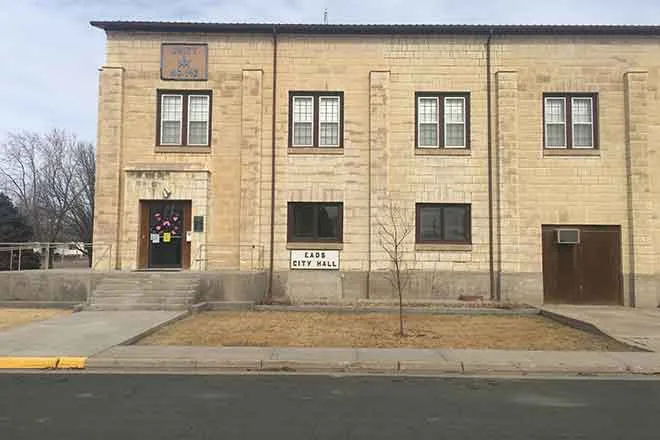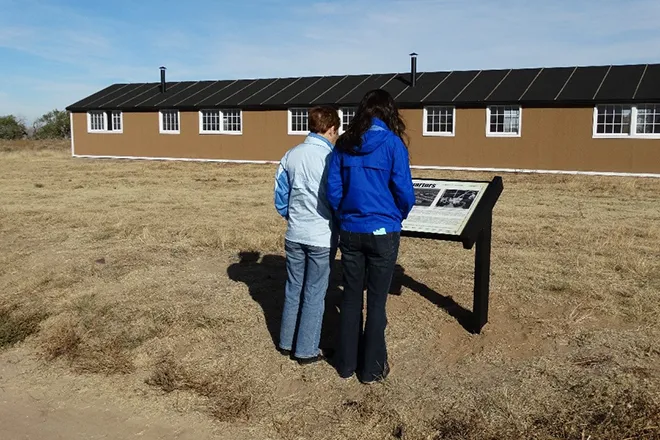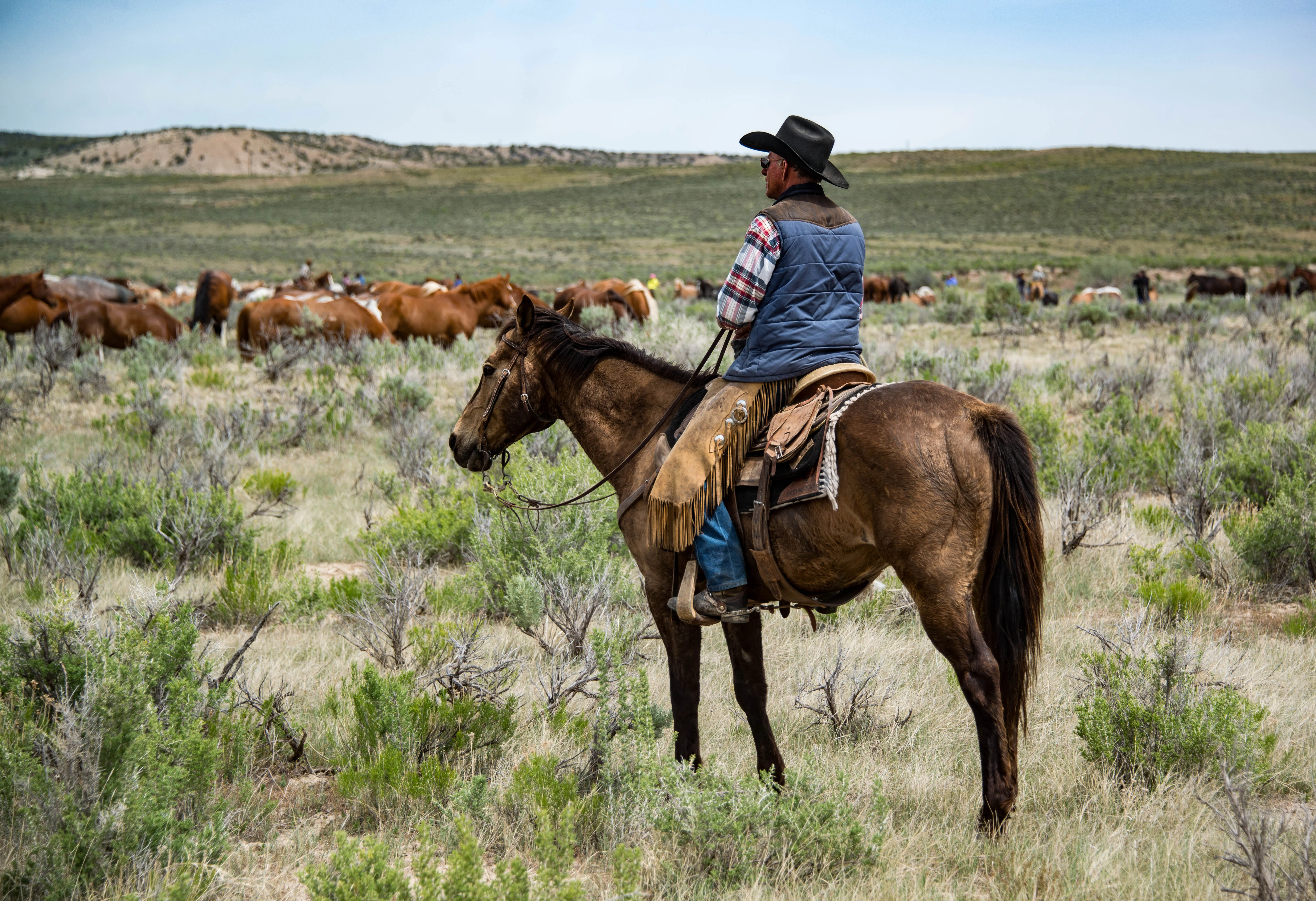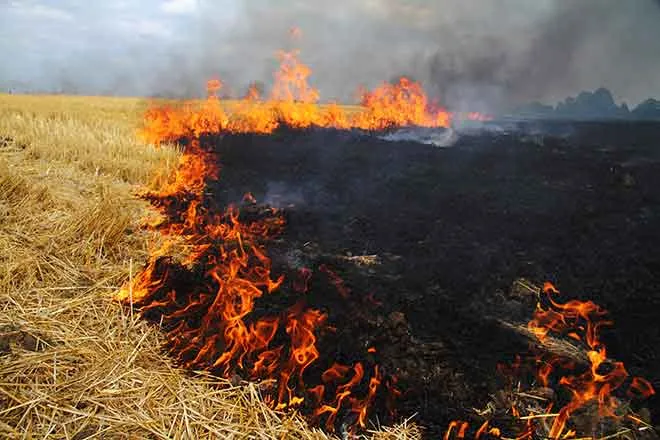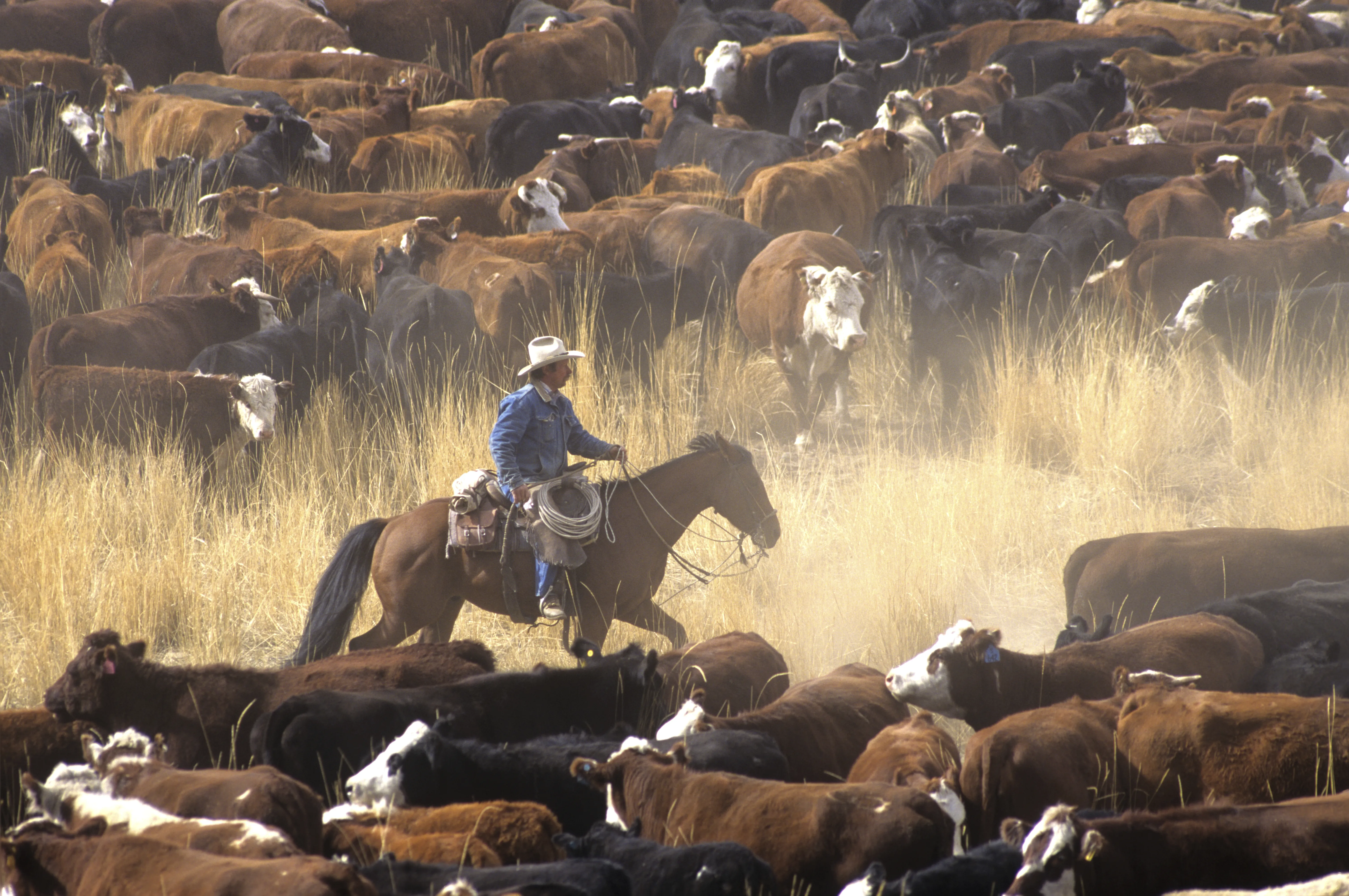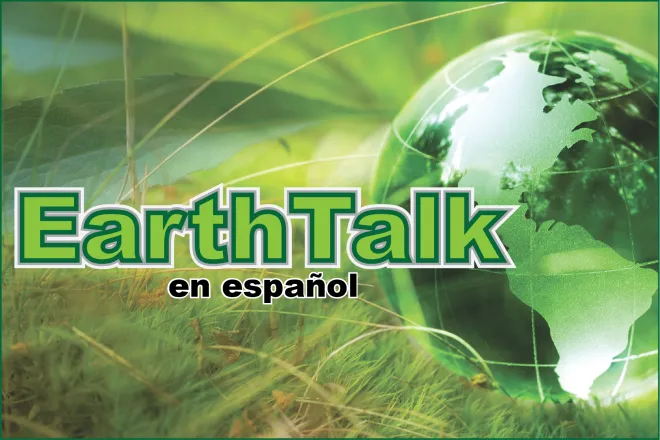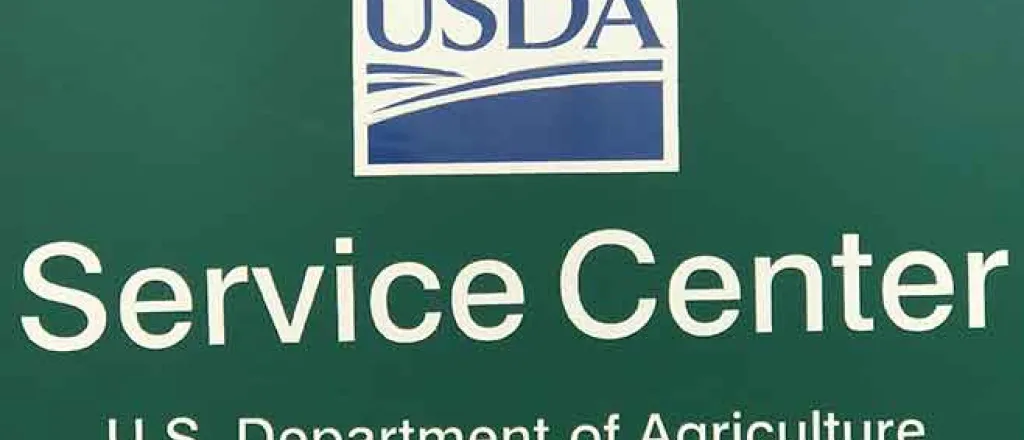
USDA Update – February 18, 2025
IMPORTANT DATES TO REMEMBER:
March 3, 2025
- 2024 Livestock Forage Program – Kiowa, Prowers, Baca eligible for one month payment.
- ELAP and LIP – submitting a notice of loss deadline
March 14, 2025
- Grazing for contract management - livestock must be removed before or on this date.
March 15, 2025
- Beginning of CRP Primary Nesting Season
- NAP Deadline – Sales closing date for spring planted crops that are non-insurable with crop insurance.
April 15, 2025
- 2025 ARCPLC Election and Enrollment -
Disclaimer: Information in this UPDATE is pertinent to Kiowa County FSA only. Producers reading this and that do not have FSA interest in Kiowa County are advised to contact their local FSA Office.
2025 ARCPLC Contracts
PLEASE CALL THE OFFICE TODAY!!!
The staff have 2025 ARCPLC contracts printed and in the folders. The election that was on the farm for 2024 was rolled to 2025. Before coming into the office to sign the contracts, please call ahead of your visit so that all your folders can be pulled and will be ready when you arrive to sign. The office can also send the contracts for digital signature if that is more convenient. Operators can call the office and review the elections on their farms before the contracts are sent for signature.
April 15, 2025, is the deadline for all signatures to be returned to the office. Producers with SCO coverage with crop insurance, the deadline of March 15, 2025 still applies. Contact your crop insurance agent to review your coverage.
If you are wanting more information on reference prices, benchmark yields or just general information please visit https://www.fsa.usda.gov/resources/programs/arc-plc
for more information.
Is the Noninsured Crop Disaster Assistance Program Right for You?
Farmers and ranchers rely on crop insurance to protect themselves from disasters and unforeseen events, but not all crops are insurable through the USDA’s Risk Management Agency. The Farm Service Agency’s (FSA) Noninsured Crop Disaster Assistance Program (NAP) provides producers another option to obtain coverage against disaster for these crops. NAP provides financial assistance to producers of non-insurable crops impacted by natural disasters that result in lower yields, crop losses, or prevents crop planting.
Commercially produced crops and agricultural commodities for which crop insurance is not available are generally eligible for NAP. Eligible crops include those grown specifically for food, fiber, livestock consumption, biofuel or biobased products, or value loss crops such as aquaculture, Christmas trees, ornamental nursery, and others. Contact your local FSA office to see which crops are eligible in your state and county.
Eligible causes of loss include drought, freeze, hail, excessive moisture, excessive wind or hurricanes, earthquake and flood. These events must occur during the NAP policy coverage period, before or during harvest, and the disaster must directly affect the eligible crop. For guidance on causes of loss not listed, contact your local FSA county office.
Interested producers apply for NAP coverage using FSA form CCC-471, “Application for Coverage,” and pay the applicable service fee at the FSA office where their farm records are maintained. These must be filed by the application closing date, which varies by crop. Contact your local FSA office to verify application closing dates and ensure coverage for eligible NAP crops.
At the time of application, each producer acknowledges they have received the NAP Basic Provisions, which describes NAP requirements for coverage. NAP participants must report crop acreage shortly after planting and provide verifiable or reliable crop production records when required by FSA.
Producers are required to pay service fees which vary depending on the number of crops and number of counties your operation is located in. The NAP service fee is the lesser of $325 per crop or $825 per producer per administrative county, not to exceed a total of $1,950 for a producer with farming interests in multiple counties. Premiums also apply when producers elect higher levels of coverage with a maximum premium of $15,750 per person or legal entity.
A producer’s certification on Form CCC-860 Socially Disadvantaged, Limited Resource, Beginning and Veteran Farmer or Rancher Certification may serve as an application for basic NAP coverage for all eligible crops beginning with crop year 2022. These producers will have all NAP-related service fees for basic coverage waived, in addition to a 50 percent premium reduction if higher levels of coverage are elected.

